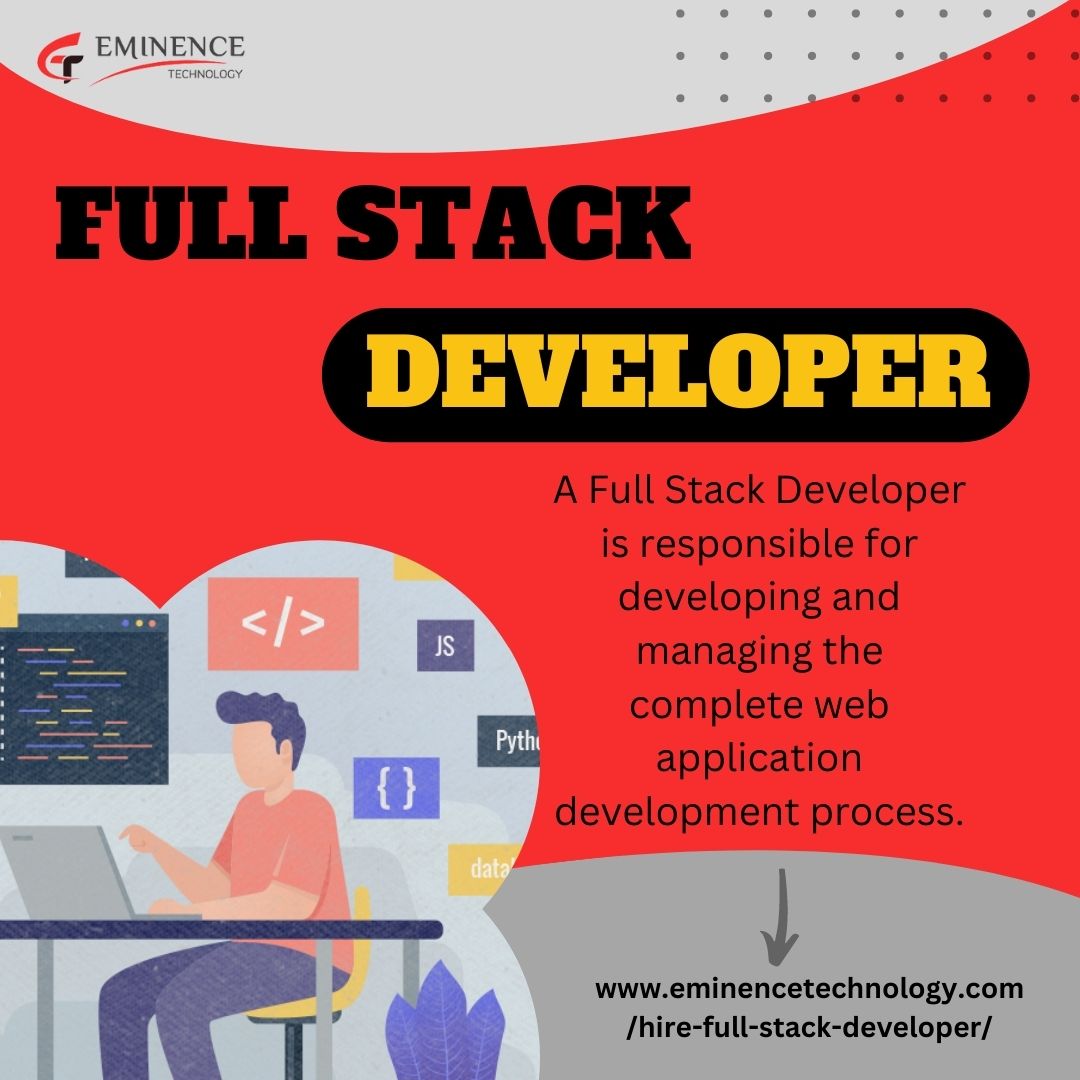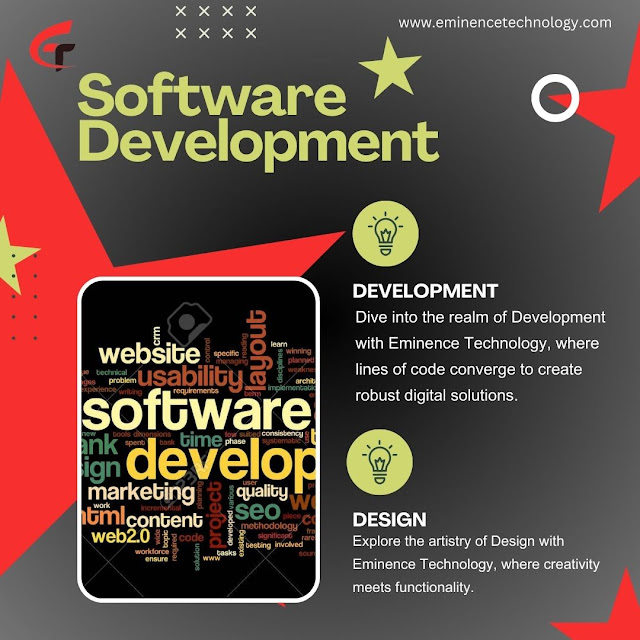MEAN Stack Vs Full Stack - Differences Everyone Should Know
In the world that we live in right now, our daily lives are heavily reliant on web applications and mobile applications, which are used by major e-commerce platforms or small and medium-sized organizations to offer their services and products.
The thing is, technological advances in the 21st century are hard to keep up with, considering that they are moving at a very significant pace, and to match the market standards, and needs or to go way beyond expectations, developers are constantly working on coming up with something that could attract the naked eye of an internet user.
What we see on the internet or what we use when we order something or avail services online are made possible by MEAN stack or full stack developers, who are responsible for doing what many think is impossible.
While people that work in the IT field know the difference between MEAN Stack and Full Stack developers, those that are still getting into this sector or are trying to hire someone don’t know what they do and how they differ.
The good thing though is that you came to the right place, because below we have listed down some of the differences that everyone should know between MEAN Stack and Full Stack developers.
What Is A MEAN Stack Developer?
A MEAN Stack Developer is a JavaScript-based application programmer that works on the MEAN Stack, which is MongoDB, ExpressJS, AngularJS, and NodeJS.
MEAN Stack Developers work on the front-end and the backend of the applications that they are working on, which are JavaScript based. In short, MEAN Stack Developers are those that have a very well in-depth knowledge of JavaScript.
What Is A Full Stack Developer?
A Full Stack developer is capable of working on frontend and backend frameworks, and unlike MEAN Stack Developers, they are not only bound to the JavaScript framework. These developers are also capable of developing both client and server software. They are masters of coding languages such as HTM and CSS, know how to program a browser by using JavaScript, jQuery, Angular, or Vue, and program a server with PHP, ASP, Node, and Python.
Languages To Learn To Become A Full-Stack Developer
In order to become a full stack developer or when planning to Hire Full Stack Developer, make sure they are well-versed in languages such as:
Frontend Technologies:
HTML 5
Bootstrap
AngularJS
ReactJS
JavaScript
Backend Technologies:
NodeJS
Laravel
ExpressJS
CodeIgniter
Database & Server:
Apache
AWS
MySQL
MongoDB
PostgreSQL
NGINX
Technologies To Learn To Become A MEAN Stack Developer
In order to become a MEAN Stack developer, you need to be well-versed in technologies such as MongoDB, Express.JS, ReactJS, and Node.JS.
Pros And Cons Of Being A MEAN Stack Developer
Here are some pros of being a MEAN Stack Developer:
Develop applications fast
Because there are massive libraries available for JavaScript on the internet, it allows the developers to start from a good base and avoid them creating modules from scratch.
Offer Affordable Apps
Because all the components that are needed to develop web applications are open-sourced and free with MEAN Stack, developers can offer their services at low rates!
Build Robust Apps
All the components needed to develop web applications with MEAN Stack are open-source and are available for free, meaning developers can build robust solutions and applications with them with ease.
Here are some cons of being a MEAN Stack Developer:
No Coding Guidelines
When it comes to MEAN Stack Development, there are no particularly established JavaScript guidelines for coding.
Heavy Load Scenarios
When it comes to heavy load scenarios, there is a possibility that potential loss of records can occur when using MongoDB.
Not Good For Big Applications
MEAN Stack Development is not a good choice when it comes to large-scale applications.
Pros And Cons Of Being A Full-Stack Developer
Here are some pros of being a Full-Stack Developer:
While developing apps you can master multiple languages
When you’re a Full-Stack Developer, you can master multiple front-end, back-end and server languages or technologies.
Understand and practice on new technologies and techniques
Because you’re always working on something new, it is more likely that you can understand and practice on newer technologies used by developers and try out techniques that can help you get the job done more efficiently.
More Productive
Thanks to being familiar or well-versed with numerous technologies, full-stack developers are known for being more productive.
Here are some cons of being a Full-Stack Developer:
You do not get to try out the latest technologies (implementation can take time)
You only get to work on what the client wants, so if they want something that uses the old technologies, you might be limited in expanding your experience with the newer ones.
Over Knowledge can slow you down
Sometimes the only thing that can slow you down is yourself, and with being a Full-Stack Developer, the chances are high that you might get stuck at certain things because of blanking out while coding.
Differences Between Full Stack And MEAN Stack Developers
Here are some of the most common differences between Full Stack and MEAN Stack Developers:
Conclusion
Full Stack Developers earn more and are more in demand right now thanks to their ability to work on different languages effectively. So if you’re planning to start a career as a developer or are planning to hire someone to work on your website or web application, hiring a Full-Stack developer would help you save money and a lot of time when compared to hiring a MEAN Stack Developer.




Comments
Post a Comment